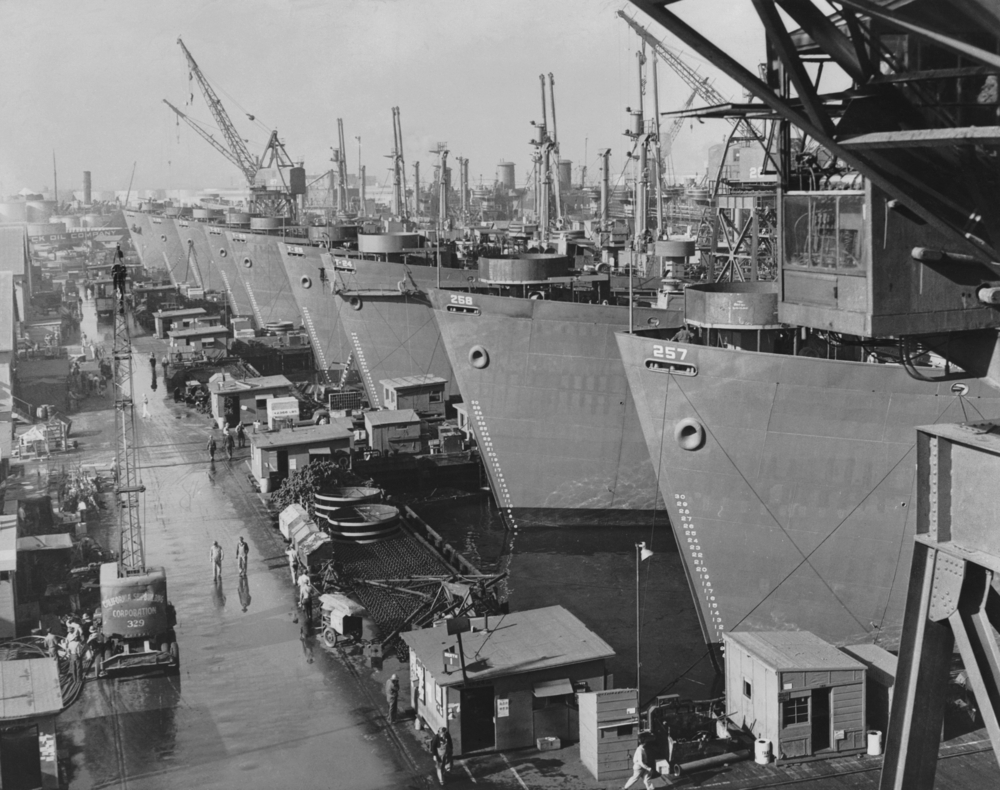
What do Ferris Bueller, the British Navy and Donald Trump have in common?
The world’s financial system was plunged into crisis after US president Donald Trump announced his Liberation Day tariffs. Despite warning for months he meant business, including claiming tariff was “the most beautiful word” in the English language on the campaign trail, the scale and speed of Trump’s measures seemed to take almost everyone by surprise.
And just as quickly, the White House walked them back (albeit not completely). Financial markets breathed a collective sigh of relief and the US dollar, which had entered a worrying period of freefall, was stabilised. But why did these tariffs almost cause a crisis and why do they evoke such a visceral reaction from markets. We take a look at the curious history of tariffs in this article.
From mercantilism to free trade
Tariffs have a long and contentious history. Far from being a modern invention, they were a favoured tool of mercantile economies from the Venetians to the Victorians, and their appeal carried over as far as several American and British election campaigns in the early 20th century. Alexander Hamilton, now of musical fame but previously better known as a prominent Federalist, was hugely in favour of tariffs. To him, “[preserving] the balance of trade in favour of a nation ought to be a leading aim of its policy”.
Mercantilism favoured tariffs in order to boost the appeal of home-grown traders. Often, manufacturers found governments willing to protect their industry due to outside factors. Take shipbuilding, for instance. Before the 1850s, the British navy’s all-conquering prowess was protected by tariffs and barriers to competition. After moving towards the free market, the shipbuilding industry was hit by foreign competition and gradually led to a decline in naval power.
The free market brigade, led by revolutionary thinkers like Adam Smith, argued that tariffs would be unnecessary in perfectly functioning markets. But as we all know, the perfect economy is a mythical thing that doesn’t exist outside of economic lecture halls. This is because people and the markets they constitute are unpredictable and do not display perfect logic. Due to the imperfect nature of markets, there are some instances where tariffs can be justified on genuine economic, social or geopolitical grounds.
(in)famous examples
The first high-profile, modern example of trade tariffs comes from the UK. In 1816, the government introduced the corn laws, which attempted to ease the strain on domestic farmers by introducing tariffs on foreign imports. This worked in making British produce more desirable but had the knock-on effect of artificially inflating the price of a food staple. Cue widespread hunger and the repeal of the laws 30 years later.
If you’ve been following the news at all in recent days, you will no doubt have heard reference to the infamous Smoot-Halley act of 1930. This package of trade barriers came form the desk of Herbert Hoover and has become a particularly visceral touchpoint for American economic policy. We’ll allow the teacher in Ferris Bueller’s Day Off to continue the narrative here:
“In 1930, the Republican controlled House of Representatives, in an effort to alleviate the effects of the… Anyone? Anyone… Great Depression. Passed the… anyone? anyone? The tariff bill. The Hawley-Smoot Tariff Act. Which… anyone? Raised or lower?… Raised tariffs in an effort to collect more revenue for the federal government. Did it work? Anyone?… Anyone know the effects?… It did not work, and the United States sank deeper into the Great Depression.”
Some good, some bad
Despite their representation in history, tariffs can be a legitimate, sensible economic tool. They are inherently protectionist, but this can be useful when a government is seeking to defend strategic industries from foreign domination. We should remember that it was Joe Biden who left Donald Trump’s tariffs on China in place for the majority of his presidency.
It was not the notion of tariffs that spooked markets but the scale and speed of the measures. Encouraging manufacturing bases to return to the United States would do a lot of good for the American Rust Belt, but businesses need time to invest in new locations, plot revenue streams and dismantle existing infrastructure. The danger with these tariffs is that too many businesses will be destroyed in the upheaval, benefitting nobody.
The world has entered a new era distinct from several decades of free trade liberalism. Due to ongoing uncertainty, as well as immense volatility in currency markets, this puts your cashflow and profit margins under the microscope. Despite Trump’s climbdown, the issue of tariffs is not going away anytime soon.
Don’t leave anything to chance when it comes to your treasury. Speak to a member of our team today on 020 7898 0500 to secure your profit margins against volatility and uncertainty.
Alternatively, request a call back today to discuss your unique requirements at a time that suits you.

 020 7898 0500
020 7898 0500